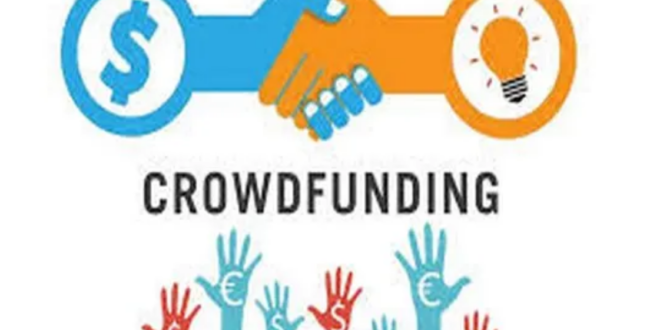Crowdfunding has revolutionized the way individuals and businesses raise funds for projects, products, and causes. Whether you’re an entrepreneur, artist, or nonprofit organization, crowdfunding provides an accessible way to connect with potential supporters and backers. This guide explores crowdfunding’s ins and outs, including its benefits, challenges, and actionable tips to succeed in your campaign.
Table of Contents
1. What is Crowdfunding?
Crowdfunding is a method of raising small amounts of money from a large group of people, typically via the internet. It allows creators to bypass traditional financing routes like loans or venture capital. Popular crowdfunding campaigns range from launching new products to funding medical expenses.
2. How Crowdfunding Works
At its core, crowdfunding involves presenting your idea on a platform, attracting backers who pledge financial support. Success requires compelling storytelling, high-quality visuals, and transparent goals. Platforms like Kickstarter, GoFundMe, and Indiegogo are some of the most trusted names in the industry.
3. Types of Crowdfunding
3.1 Donation-Based Crowdfunding
Donors contribute to a cause without expecting a return. Common for charity and social initiatives.
3.2 Reward-Based Crowdfunding
Backers receive tangible or intangible rewards, like early access to a product or acknowledgment.
3.3 Equity Crowdfunding
Investors contribute funds in exchange for a stake in the company.
3.4 Debt Crowdfunding
Also known as peer-to-peer lending, backers lend money to be repaid with interest.
4. Top Crowdfunding Platforms in 2025
Here are the top platforms:
- Kickstarter (Creative projects)
- GoFundMe (Personal and nonprofit causes)
- Indiegogo (Flexible campaigns for various industries)
- SeedInvest (Equity crowdfunding)
- Patreon (Ongoing creative projects)
5. Benefits of Crowdfunding
Accessibility
It removes traditional financial barriers, making fundraising accessible.
Market Validation
Gauge demand for your product or idea before fully launching.
Community Building
Crowdfunding campaigns create a loyal base of early supporters.
6. Challenges of Crowdfunding
High Competition
Thousands of campaigns compete for attention daily.
Resource-Intensive
Creating and maintaining a successful campaign requires time, effort, and marketing.
Financial Risks
Not all campaigns reach their goal, potentially leaving creators in a financial bind.
7. Pro Tips for a Successful Campaign
- Craft a Clear Message: Ensure your pitch is concise and compelling.
- Use Visuals: High-quality videos and images increase trust.
- Engage Your Audience: Regular updates and personalized messages to backers keep interest alive.
- Set Realistic Goals: Unrealistic targets can discourage potential backers.
- Leverage Social Media: Platforms like Instagram and Twitter can amplify your campaign.
8. Pros and Cons of Crowdfunding
Pros:
- Minimal upfront costs
- Direct connection with supporters
- Marketing benefits
Cons:
- Public failure risk
- Intellectual property exposure
- Platform fees
9. Frequently Asked Questions about Crowdfunding
Q1: What percentage of crowdfunding campaigns succeed? A: Success rates vary by platform, typically ranging from 30% to 60%.
Q2: Do I need to pay taxes on crowdfunding income? A: Yes, funds raised may be considered taxable income, depending on the nature of the campaign.
Q3: Can I crowdfund more than once? A: Absolutely, provided previous campaigns were successful and well-received.
10. Conclusion and Next Steps
Crowdfunding is an exciting opportunity to bring your vision to life. With the right strategy, you can overcome challenges and achieve your goals. Start by researching platforms, building a compelling campaign, and engaging with your community.
Links to Top Crowdfunding Websites
By understanding the dynamics of crowdfunding, you can maximize your chances of success. Ready to launch your campaign? The world is waiting to support your vision!




